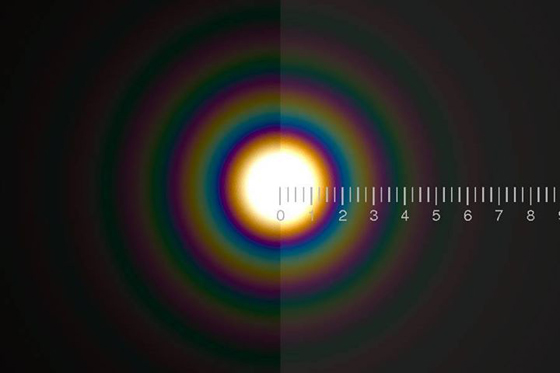Events
Rainbows, Quantum Diffraction and Coherence of Heavy Particles Scattered From Surfaces
13:15 26-12-2013
Holon Institute of Technology, Faculty of Sciences
Rainbows, Quantum Diffraction and Coherence of Heavy Particles Scattered From Surfaces
Prof.Eli Pollak, Weizmann Institute
Holon Institute of Technology, Faculty of Sciences
Thursday | December 26, 2013 | 13:15 | Seminar Room 424/8

Abstract:
Rainbows have been observed in the scattering of heavy atoms from clean surfaces fifty years ago. Typically, one finds two peaks in the angular distribution associated with rainbow scattering. The measurements present though a number of challenges.
Typically the angular distance between rainbows decreases with increasing incident energy and angle, why? The angular distribution is asymmetric with respect to the specular angle, why? These questions and others have been answered in recent years through the development of a second order classical perturbation theory, whose elements will be described. Coherent control in Chemistry and Physics is usually associated with coherent light sources used to control the outcome of atomic and molecular processes. We propose a different paradigm, the preparation of coherent molecular beams as a source of control of scattering of atoms and molecules from surfaces. Particle-wave duality has been demonstrated for scattering of heavy molecules i.e. fullerenes through nanoscale gratings.
Extreme collimation of the incident beam creates transverse de Broglie wavelengths longer than the characteristic 100 nm size of gratings. Clean surfaces provide a natural "grating" with a typical lattice length of 1 nm. Initial collimation of a molecular beam so that its transverse de Broglie wavelength is longer than the lattice length is thus experimentally readily accessible and much easier to achieve than the collimation needed for scattering through nanoscale gratings.
Indeed, diffraction of atoms scattered from surfaces has been observed for atoms as heavy as Kr on a Cu (111) surface. Such observations present interesting theoretical challenges. Would massive molecules such as fullerenes show quantum diffraction effects when scattered from surfaces, or will energy exchange destroy the quantum coherence? We will report on state of the art classical and semiclassical computations of scattering of heavy atoms from thermal surfaces.
We establish the conditions under which collimation of the incident beam will lead to the observation of coherent quantum properties in the scattered beam. Optimistically, these computations open up a new avenue of coherent control - coherence induced processes in particle surface scattering.




